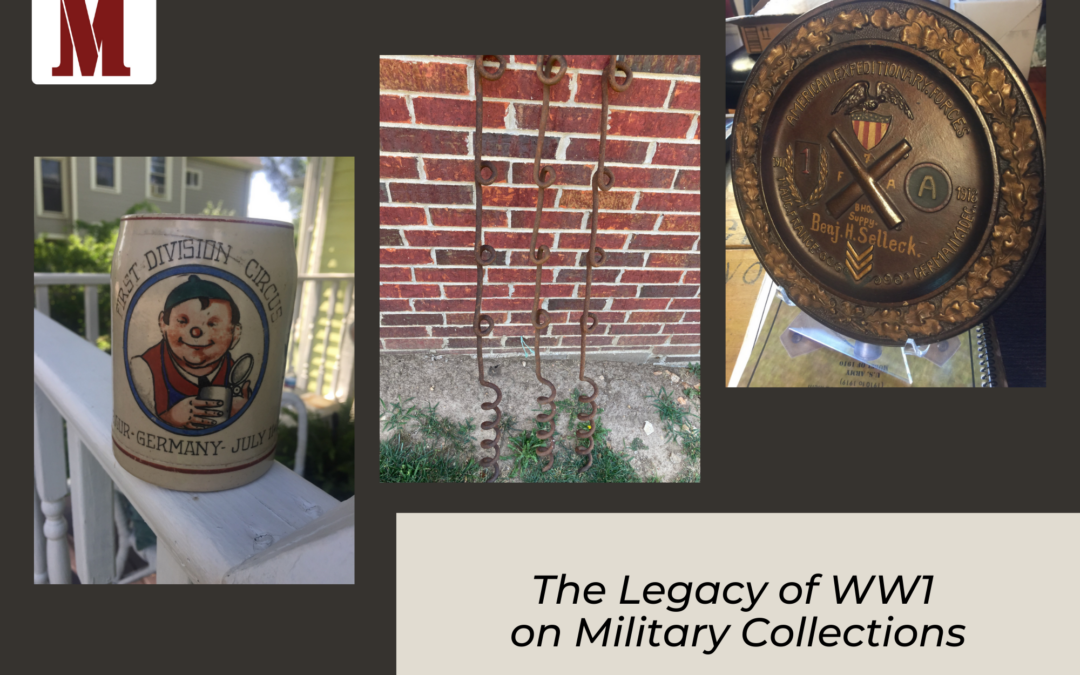In my continuing effort to explain the evolution of the Military Collecting Hobby, I would like to discuss the legacy of WWI. Although millions of American Soldiers deployed to France, several factors limited the amount of war souvenirs that they were able to bring home. The WWI Doughboy carried everything he owned on his back in a small haversack in addition to his helmet, rifle and gas mask. Unlike the WWII GI, he did not have a Duffle bag. Most of the items brought back were small, examples include the Hate Belt. The hate belt was normally a German Leather Belt that had holes punched in it for attaching US, British, French and German metal insignias. I have also seen German Steel Helmets with US Stamps and Addresses that were mailed home. To support one of the numerous War Bond Drives, large numbers of Imperial German Spiked Helmets were brought out of France and given to citizens that made large donations to the War Bond Campaign. The Soldier could send home free mail through the US Army Postal System but it evidently either did not apply to packages or it was just too difficult for the average Soldier to make use of it. Most Soldiers did not spend a very long time in France before they were loaded back on a crowded troop ship for the return home. I have also saw unique small handmade souvenirs like cigarette lighters and match safes that were handcrafted by German POWs that worked at the numerous French Ports as laborers and made extra money hawking their wares to the comparatively rich Americans.
One of the more interesting collecting stories to come out of WWI is about German barb wire and metal “pigtail” posts. When the Armistice was signed, the Germans were prohibited to recover stocks of war material stored in German occupied France and Belgium. A large amount of barbed wire and metal fence posts were sold to an American Entrepeneur who removed them from the war zone and transported them to the US. This fencing material was used to fence farmland in Kansas, Colorado, Oklahoma and other western states. A friend of the store found these being sold at a Kansas Flea Market as plant hangers. Years ago, I ran into these on the Fort Riley, Kansas Military Reservations. Nobody knew what they actually were. Many said they were left over from the days of the horse cavalry where they were used to hold horses when their riders dismounted to fight as Infantry.
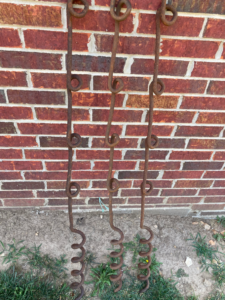
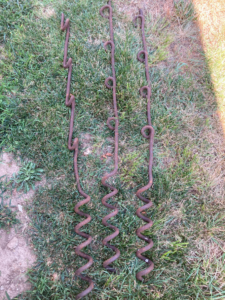
Shortly after the Armistice was signed another American Entrepreneur bought several thousand painted steel Imperial German Army belt buckles. These were sold as souvenirs in the back of magazines for decades. Most of these survived their time in US captivity in remarkable condition. My German friends were delighted to find and buy these at US military shows and take back to Germany. They were repatriated back to the hands of eager collectors as they were quite rare in their home country as most of them were never issued to the Imperial Army.
After the signing of the Versailles Treaty US troops participated in the Allied Army of Occupation. They were stationed in the Koblenz area on the eastern side of the Rhine River for almost three years. There is evidence that this was “Good Duty” as most troops had ample time to indulge in the area’s excellent Beer and Wine. US forces also did a brisk business with the local German craftsman making souvenirs. Here are a couple of the items produced during this collaboration. Images Courtesy of the Fred Green Collection.
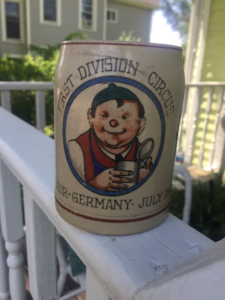
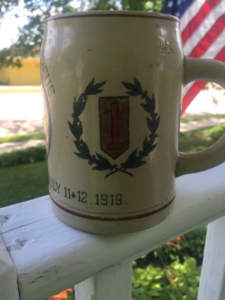
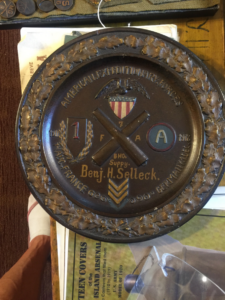
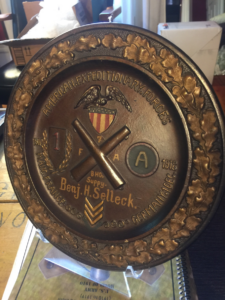
As the old saying goes “All good things must come to an end” The euphoria generated by the War to End All Wars slowly gave way to a feeling of great loss and disenchantment. Confidence in the Government and the Army fell to new lows as the Great Depression gripped the world. I have one Depression era story to share about militaria collecting. A grocery store owner in Chanute, Kansas would give $5 store credit for every German Luger Pistol brought in. He put them all in a bucket where anyone that wanted to buy one for $5 was welcome to purchase one. He did not seek to make money on them just to help a needy Veteran. Next time we will discuss how the events of WWII and the improvements made in Transportation and the Army Post Office created a Bonanza of military items from all over the world. In the meantime, be sure to check out our Ebay or physical store to explore all the interesting WW1 and WW2 memorabilia. If you have any questions, please don’t hesitate to reach out to us at Military Collector Services!
